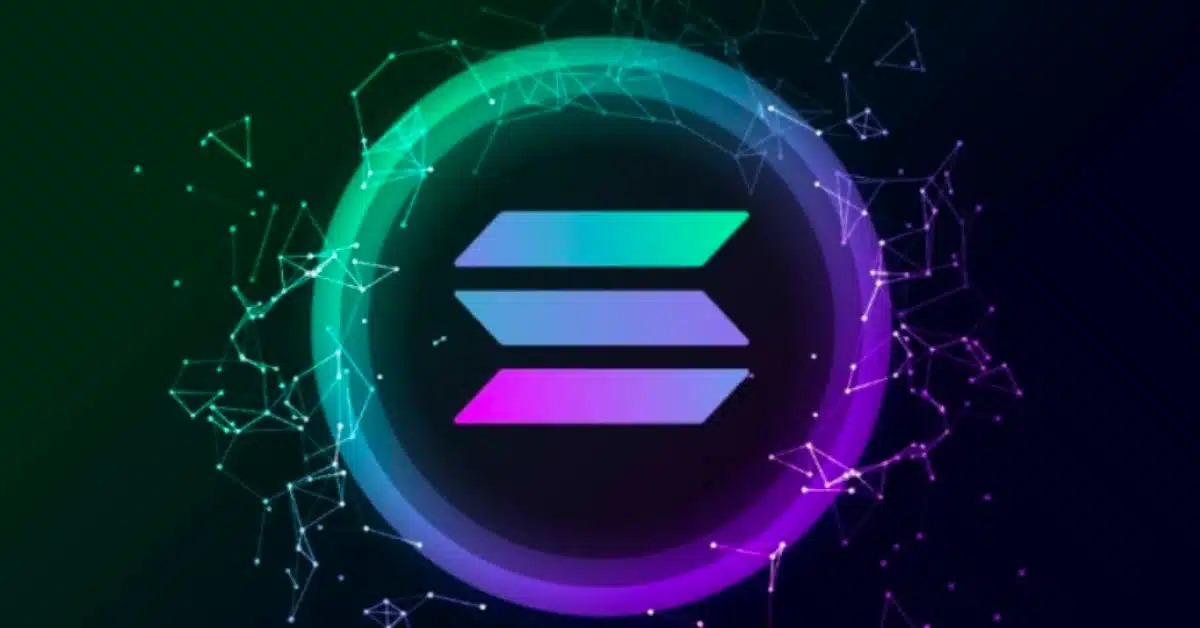Ethereum’s gas prices have hit a new high, reaching levels not seen since the early months of 2023. This surge is closely tied to the growing excitement around the new ERC-404 token standard.
On 9 February, average gas fees soared to 70 gwei, equivalent to $60 for a standard transaction, with peaks hitting an astonishing 377 gwei.
These levels were last seen in March 2023. This 8-month high coincides with the increasing buzz surrounding the ERC-404 token standard, highlighting its impact on network congestion and fee inflation.
What is ERC-404?
The ERC-404 token standard emerged into the spotlight recently on 5 February, following its introduction by the Pandora project.
It allows for the fractionalisation of NFTs, enabling multiple parties to own shares of a single NFT. Such a mechanism not only democratises ownership of high-value digital assets but also introduces a new layer of liquidity and utility to the NFT market.
ERC-404 tokens can be staked, traded, or used as collateral, offering a flexible framework for digital asset management. This flexibility could potentially unlock new economic models and investment strategies within the crypto space.
Despite not being officially recognised as a token standard, the emergence of ERC-404 has sparked significant interest and innovation within the cryptocurrency community.
This new standard has seen a staggering 6,100% increase and over $474 million in trading volume. It aims to revolutionise the way non-fungible tokens (NFTs) and ERC-20 tokens interact.
Despite being an experimental standard, ERC-404 tokens have quickly paved the way for a burgeoning sub-asset class within the crypto market, showcasing the rapid adaptability and enthusiasm of developers and investors alike.
Market dynamics and future
Pandora, the pioneering token under the so-called “ERC-404” banner, has seen a meteoric rise in its value, soaring from $250 to an impressive $32,000 in less than a week. With a limited supply of just 8,000 tokens, Pandora has generated a staggering $76 million in trading volume over the past 24 hours alone.
In the wake of Pandora’s launch, several projects have quickly followed suit, issuing their own iterations of ERC-404 tokens. These initiatives have employed various strategies to generate buzz and demand for their tokens, including airdropping a portion of their supply to existing Pandora holders.
Moreover, some projects have ventured beyond Ethereum, launching ERC-404-inspired tokens on alternative blockchains like Arbitrum and Solana. This strategic move aims to capitalise on the first-mover advantage in these ecosystems, further expanding the reach and impact of the ERC-404 concept.
The growing traction of ERC-404 tokens has also caught the eye of major cryptocurrency exchanges. OKX and Binance, two of the industry’s leading platforms, have announced their support for ERC-404 tokens within their Web3 wallets.
However, the excitement around ERC-404 also brings to light concerns regarding security and scalability. The standard’s ability to integrate seamlessly with existing protocols and its impact on gas fees are critical factors that developers and users alike are closely monitoring.
This downturn raises questions about the long-term viability of the ERC-404 standard and its ability to sustain Ethereum’s innovation momentum.
Renewed interest in Ethereum staking
Amid these developments, Ethereum is witnessing a surge in staking activity, with the validator entry queue reaching its highest level since 6 October.
Over 225,000 ether, valued at $562 million, are in line to join the network, indicating a resurgence in interest in Ethereum’s staking opportunities.
This increase in validators, who play a crucial role in maintaining the network’s security and efficiency, signals a positive outlook for Ethereum’s future, despite the challenges posed by the ERC-404 token standard’s market fluctuations.
Ethereum is also not standing still. The network is currently preparing for the Dencun upgrade on 13 March, which promises to reduce transaction costs and enhance efficiency through the introduction of EIP-4844, or proto-danksharding.
This upgrade is expected to lower transaction fees dramatically, from approximately $0.23 to just $0.02, benefiting both users and developers.
By lowering operational costs and increasing the network’s capacity, Ethereum aims to provide a more robust and efficient platform for both developers and users. This, in turn, could lead to an increase in the value and utility of staked ether, reinforcing the network’s security and consensus mechanism.


